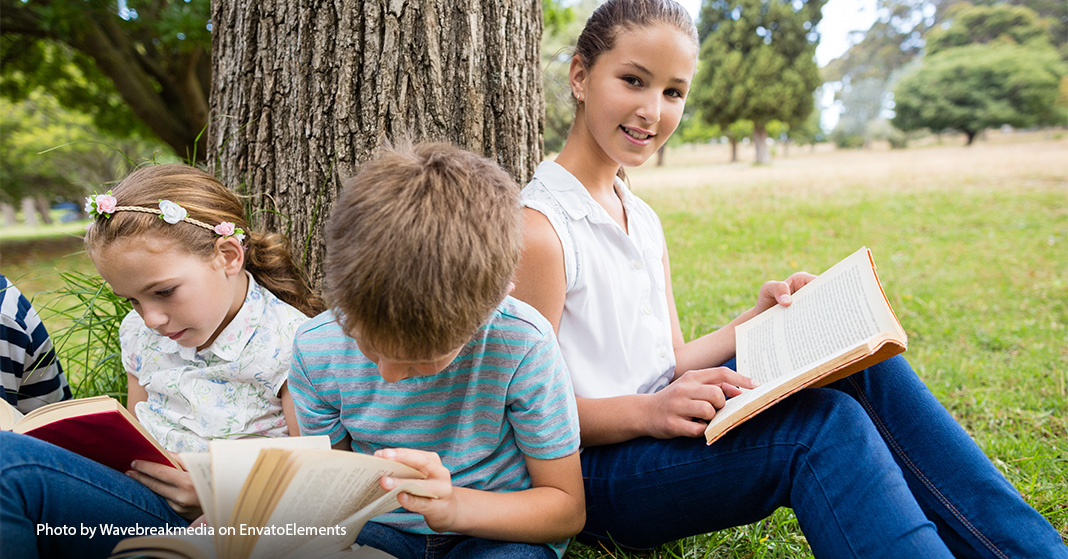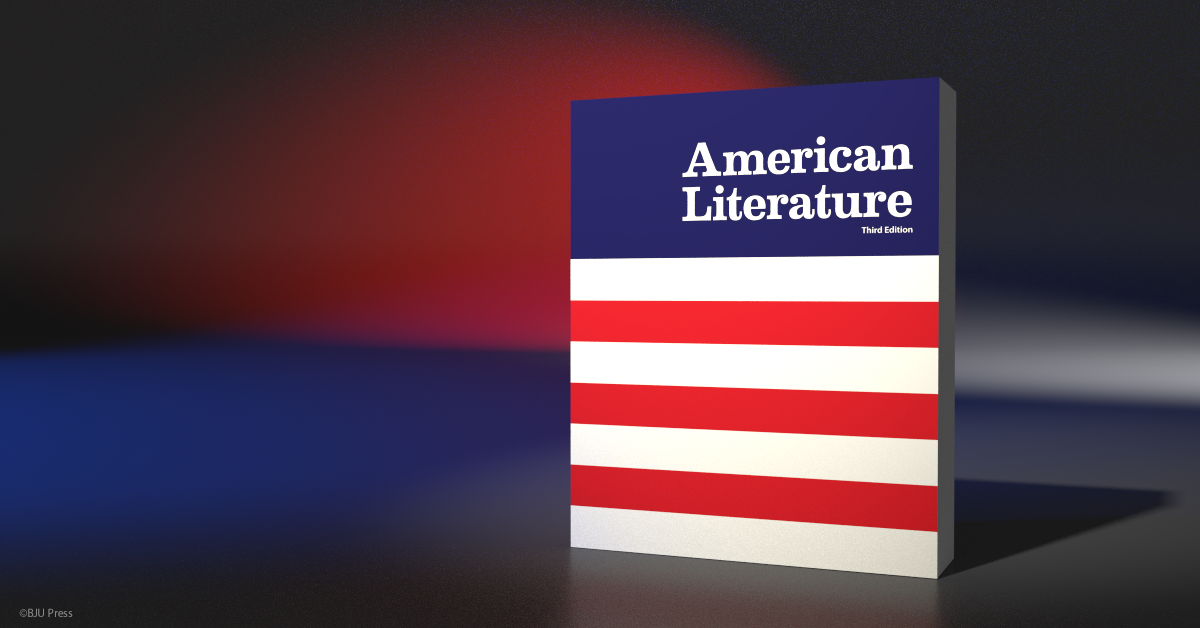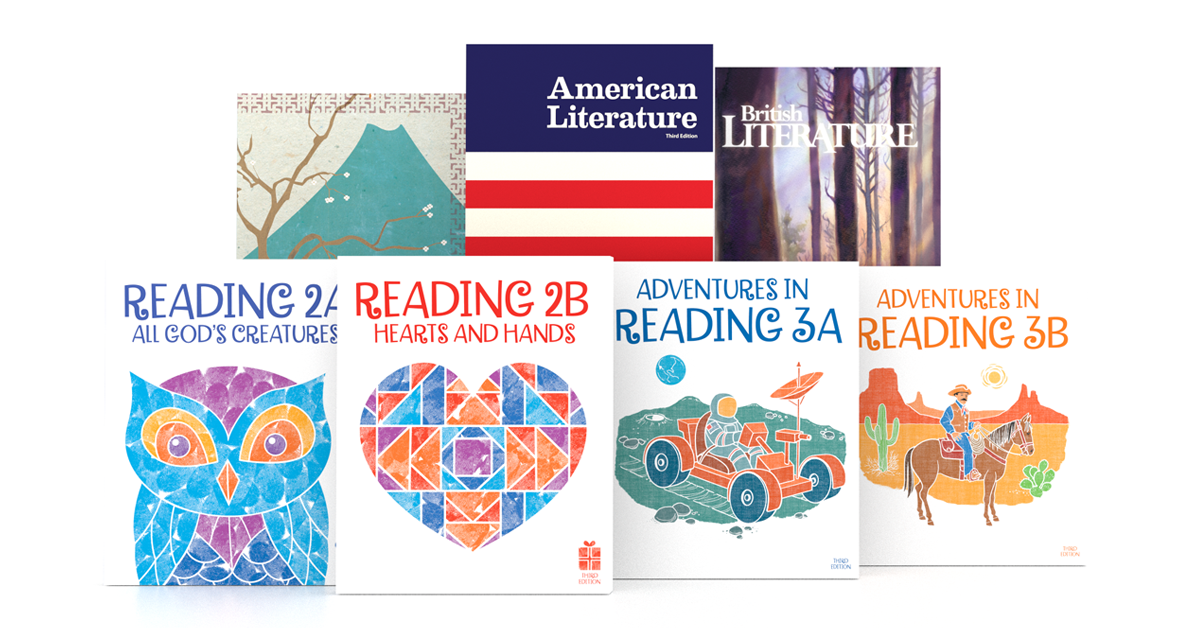
When I was in elementary, I spent hours hiding away in libraries, reading as much as I could before my parents made me leave. Looking back on my life, I can see how certain books shaped who I am today. Most people have at least one book that has profoundly influenced them. If reading has this much power, then learning to study literature is one of the most important parts of a child’s development. Reading is so much more than just understanding what words mean. It has the ability to shape children’s minds and experiences in positive ways.
literature
Multicultural Literature Sparks Kingdom Thinking

Why Should You Teach Multicultural Literature?
We humans can easily get caught up in our own little worlds. This is especially easy to do when life gets busy. However, incorporating multicultural literature into our children’s education is worth the effort because of what it teaches them.
Made in God’s Image
It’s important to teach our children that God made all people in His image (Genesis 1:27). As image-bearers, people from around the world use their gifts to contribute to art and literature, and we can learn from their perspectives.
United in Christ
Additionally, we have brothers and sisters in Christ from around the world! Revelation 7:9 says that “all nations, and kindreds, and people, and tongues, stood before the throne, and before the Lamb.” Reading multicultural literature provides an opportunity to explain to our children that, even though we may be from different cultures, we still can fellowship with people from around the world and will one day fellowship with them in heaven.
Of course, we can value and learn from multicultural literature even if it is not written by Christians. Knowing that we will share heaven with people from around the world should make us interested in their perspectives.
Bubble Popped, Eyes Opened
Every culture has its strengths and weaknesses that we can learn from. As a junior in high school, I had the opportunity to go on a missions trip to Saint Vincent, an island in the Caribbean. Experiencing the third-world conditions, my little American self felt stretched. But I learned so many valuable lessons from experiencing a different culture.
I experienced the joy of having the connection of Christ with people that I had nothing else in common with. I also learned from the strengths of the island culture. As an American, I was used to structure and time-sensitivity. Yet the island Christians had a good sense of what is ultimately important—people. Timeliness is important, and we should still be conscious of that. But, in the end, people trump time and my agenda. Typically, it’s harder for us to evaluate our own culture since we see it as the norm. But when we contrast it with another culture, it’s easier to separate our cultural traditions from what is actually biblical.
The people there were also thankful for the little things, and was I ever thankful for a bed that didn’t have bugs crawling through it when I got home! In more ways than one, I came back changed: I had a new perspective—a more thankful one. I also had a burden for souls around the world.
Whether you send your child on a missions trip or not, you can still teach them some of these valuable lessons through other people’s literature and art.
How Can You Incorporate Multicultural Literature?
Even if you see the value of incorporating multicultural literature, it may seem like an intimidating goal. BJU Press has taken that stress away by making available excellent resources that can guide your child through diverse literature from a biblical worldview perspective.
I was especially impressed with Excursions in Literature and American Literature. In Excursions, each unit starts out with art from a different culture for your child to evaluate, a biblical worldview summary, and “thinking zones” at the end of each story to promote critical thinking. For example, the first unit is about friends, so the artwork highlights three girlfriends. It was painted by an artist from Trinidad. Your child then evaluates their friendship by observing the art and answering some questions provided in the textbook. Next, your child reads about what friendship is from a biblical perspective, where it originated, and who the ultimate friend is—Christ.
In our American Literature textbook, your child will read excerpts from slaves like Phillis Wheatley and Frederick Douglass to Harlem Renaissance poets including Langston Hughes and Countée Cullen. He will also experience life from Asian American perspectives like Li-Young Lee and Amy Tan and Latino American perspectives like Sandra Cisneros—all in light of a biblical worldview.
The Teacher’s Editions of these books are also extremely valuable in helping you navigate these different cultures. As you embark on this journey of educating your child, BJU Press is committed to supporting you along the way.
Are You Promoting Kingdom Thinking?
As we learn from image-bearers around the world, our perspectives broaden, and we are reminded of what heaven will be like—beautifully diverse and united in Christ.
• • • • •
Stephanie holds a bachelor’s in English education, and her favorite type of literature is multicultural literature. She is passionate about helping people know and defend their faith and is currently working on a master’s in Christian apologetics. In her free time, Stephanie enjoys spending time with her husband, crafting, and reading apologetics books, particularly works by C. S. Lewis.
Introducing the New American Literature Edition

We’re excited to introduce the newest edition of our American Literature textbook. The secondary-level language arts team has put in a lot of work to make this the most valuable edition for you and your child, and they’ve made a lot of changes based on your recommendations. Take a look at these exciting new features!
1. The Reading Process
Incorporating the Reading Process into the textbook has been the most significant revision so far. We believe the Reading Process will help you cultivate in your child a deeper understanding of how American culture has grown and developed since its beginning. For more information about the Reading Process, see “How to Teach Your Children to Read Actively” or take a look inside American Literature to see it applied.
2. Analyze, Read, and Evaluate
These three instructional strands (or lines of thought followed throughout the reading) help to establish the reader’s purpose for reading and guide him through each selection. The “analyze” strand focuses on technical elements, the “read” strand deals with reading strategies and approaches, and the “evaluate” strand develops biblical worldviews. All the instructional strands are marked by icons in both the Teacher’s Edition and the Student Text.
3. Expanded Content
Based on requests for greater diversity and modern content, we’ve expanded the content to include selections from more recent decades. Our team has also added selections that reflect the rich cultural diversity of America, such as “Go Down, Moses,” a Negro spiritual, and pieces from the Native American oral tradition, “How the World Began” and “The Constitution of the Five Nations.” We’ve also included new chapters on contemporary poetry and prose as well as “Voices of Conflict,” a chapter featuring selections from the Civil War era.
4. New Design
This is perhaps the most important revision for both you and your children. The textbook and teacher’s edition have been redesigned in order to make the information more accessible—from smaller changes like breaking the text up visually and reorganizing information to larger changes like adding author biographies before every selection, trimming down unit introductions, and adding chapter introductions.
The third edition of American Literature will be a treasure trove of literary selections for your children. Visit the product page to take a look inside the book.
The GEM Approach: A Biblical Approach to Objectional Elements in Literature
Ever since we started reading picture books to our daughters, my wife and I have evaluated the content of the books we bring into our home. Now that our six-year-old is reading on her own, evaluating for objectionable elements is even more important. Below is an excerpt from Elements of Literature Teacher’s Edition. This is the philosophy we use when reviewing books for our children, and it has served me well ever since I read it as a student. I hope you find that it is helpful for your family as well.

“Educational censorship remains one of the most controversial issues in public life, linked as it is to political censorship and freedom of the press. The basis of a truly biblical position concerning censorable elements is the following distinction. If a work of literature or other element of the curriculum treats evil in the same way that it is treated in the Scriptures, we regard it as not only acceptable but also desirable reading. If it does not treat evil in the way evil is handled in the Scriptures, its content is not good.
“Evil in the Bible appears dangerous and repulsive. Reflections of evil appear in the form of negative examples so as to create a defense against what they represent or to give hope to the fallen for forgiveness and recovery from sin.
“We may draw the following three criteria from the Scriptures for judging literary and other works with respect to their content.
Gratuitousness
“Is the representation of evil purposeful or is it present for its own sake? We know that ‘all scripture is given by inspiration of God, and is profitable for doctrine, for reproof, for correction, for instruction in righteousness: That the man of God may be perfect, throughly furnished unto all good works’ (2 Timothy 3:16–17). Nothing in the Scriptures is superfluous or irrelevant to this high spiritual purpose.
Explicitness
“Is the representation of evil, if purposeful, present in an acceptable degree? Or is it more conspicuous or vivid than the purpose warrants? No one with a high view of Scripture would charge it with inappropriateness or excessiveness in its representation of evil. The presentation of evil in the Bible is realistic enough to convince us of its threat as a temptation but not so realistic as to become for us a temptation.
Moral Tone
“Is evil made to appear both dangerous and repulsive? What is the attitude of the work toward it? ‘Woe unto them that call evil good, and good evil,’ says the Lord through the prophet Isaiah (Isaiah 5:20). A good work of literature does not glorify human weakness or encourage tolerance of sin. It allows evil to appear in a controlled way in order to develop in the reader or hearer a resistance against it. In literature, ‘vice,’ wrote Samuel Johnson, ‘must always disgust.’ Its purpose is to initiate the reader through ‘mock encounters’ with evil so that evil cannot later deceive him—so that he will be better able to maintain a pure life in a fallen world.
“These three criteria are complementary. None is alone sufficient to justify the censorable in a work of literature or another element of the curriculum. Together they work powerfully, because they work biblically, to preserve moral purity while providing for a developing moral understanding and judgment.”
Editor’s note: Excerpted from Elements of Literature Teacher’s Edition (p. viii), published by BJU Press.
Q&A: Is a dedicated reading book necessary?
If your family is like mine, you probably have books all over the house. Novels pile up as they get handed down from generation to generation and as children receive them as gifts. As a result, you might be wondering why you should buy your children a separate reading textbook that includes different reading selections (also called a basal reader) when you already have plenty of books around for them to read.
At BJU Press we strongly believe in the value of basal readers and publish one for nearly every grade. The rationale behind this can be summed up in three big ideas.

1. A wide range of content exposes your child to many different genres.
We have a lot of storybooks at our house but not much nonfiction or poetry that would appeal to a younger audience. Basal readers ensure that children are being exposed to a variety of genres, including poetry, short stories, plays, letters, and more. Introducing these literary genres is important because every child has different interests. At the same time, basal readers also develop your child’s appreciation for many types of literature. It would be a shame for a child to dislike reading just because she dislikes the particular books available to her.
Keep in mind that a basal reader doesn’t replace novels entirely. By exposing your child to different genres, it provides a great opportunity to find out what he likes to read so you can buy more of those kinds of books.
2. Stories are selected to teach specific skills.
Reading in school should be fun and interesting, but that’s not the only objective. Children need to learn the foundational comprehension skills that they’ll need for the future. Stories and questions in the BJU Press basal readers are chosen intentionally because they illustrate literary concepts that are important for children to learn. Reading and Literature kits include both before and after reading questions that relate specifically to the story to ensure your child is comprehending what he’s reading, and isn’t just saying words out loud.
3. Stories are age and developmentally appropriate.
Ensuring that reading material is age and developmentally appropriate is an important part of keeping children challenged but not frustrated. There can be a lot of guesswork involved in trying to pick out stories for your child to read. You don’t want the vocabulary to be too hard, but at the same time if it’s too easy, your child won’t develop as he reads it. Basal readers include stories from a range of difficulties that are sequenced from less difficult to more difficult to ensure success for every reader.
Take a look at the reading selections included in our BJU Press Reading and Literature books.